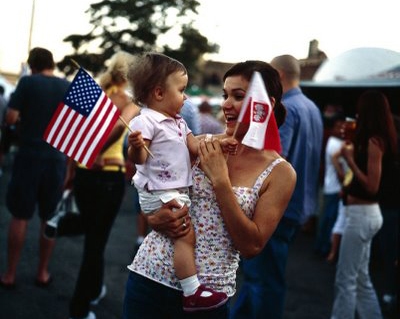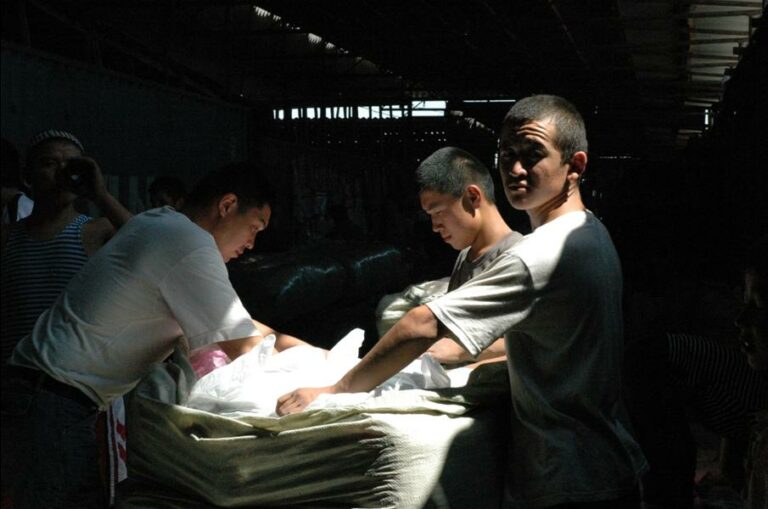
The forty photographs that comprised Allan Sekula's exhibition Polonia and Other Fables explore aspects of Polish identity that lie somewhere between reality and myth, between Poland and the Polish diaspora.

Captured throughout the exhibition is the dual sense of hope and despair that infused these countries during the interwar period, as is the political and social upheaval that spawned artists to craft a new vision for Europe.

In the photographs and video installations of Gulnara Kasmalieva and Muratbek Djumaliev, the diversity of Kyrgyz identity is examined against the backdrop of a complex, layered history that includes nomadic traditions based in pastoralism followed by centuries of colonist rule.

The following is a transcription of “Ukrainian Modernism: Identity, Nationhood, Then and Now,” a panel discussion organized by and held at the Chicago Cultural Center in conjunction with the exhibition Crossroads: Modernism in Ukraine, 1910-1930, on view at the Chicago Cultural Center, July 22-October 15, 2006, and The Ukrainian Museum, New York, November 5, 2006-April 29, 2007.

Upon entering the installation of Anri Sala’s Now I see (2004), his first 35-mm film, the viewer is enveloped in total darkness. The effect is, at first, purposefully disorienting; then a flicker of light flashes upon a 10 x 12-foot screen.

One learns in “New Video, New Europe” that the video artist in East Central Europe is both a provocateur and a scribe, a witness to history whose own interventions speak of moral responsibility and redefinitions of self.
The following roundtable concluded a panel devoted to contemporary and art historical perspectives on central and East European art and culture from 1945 to the present at the 2001 College Art Association Conference.





